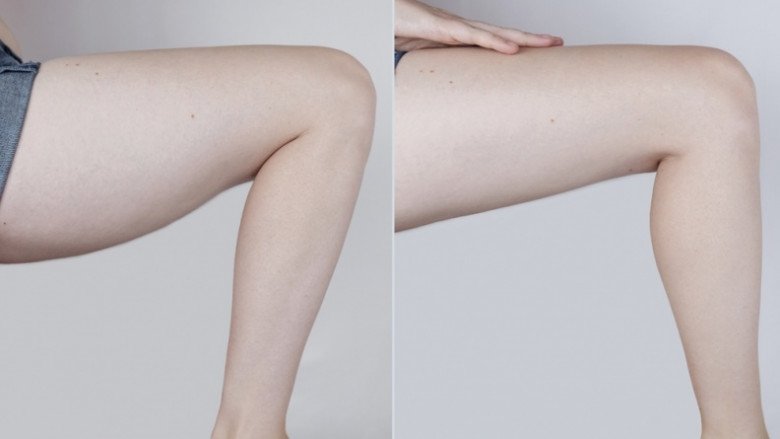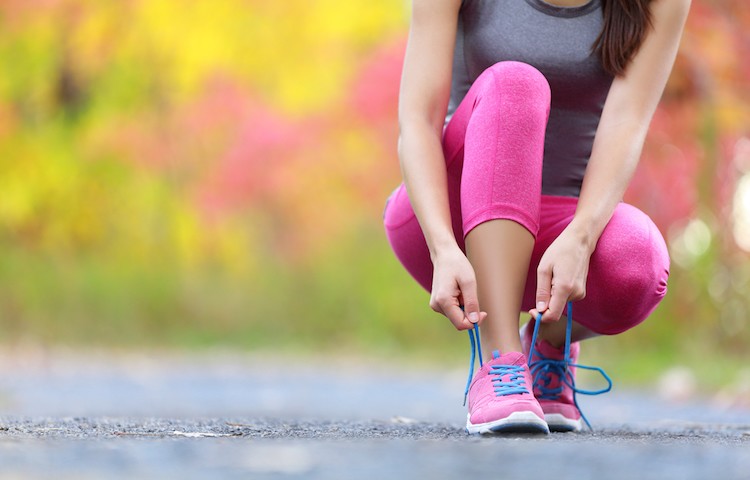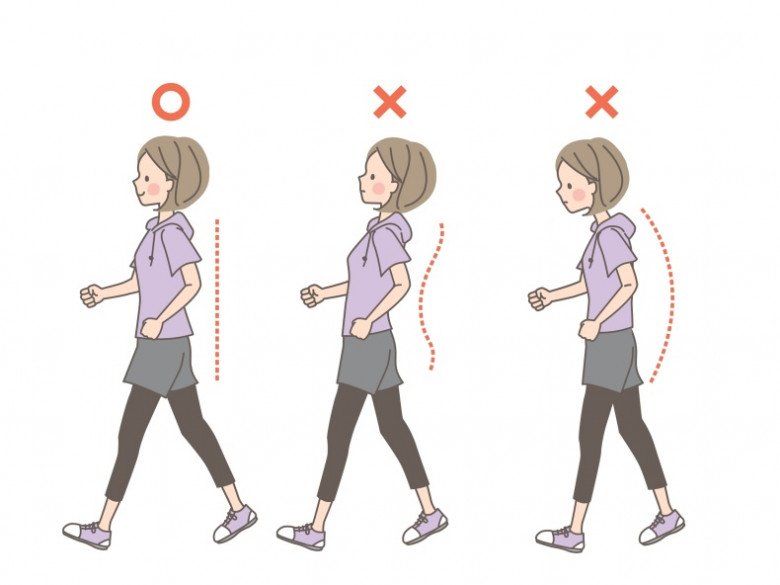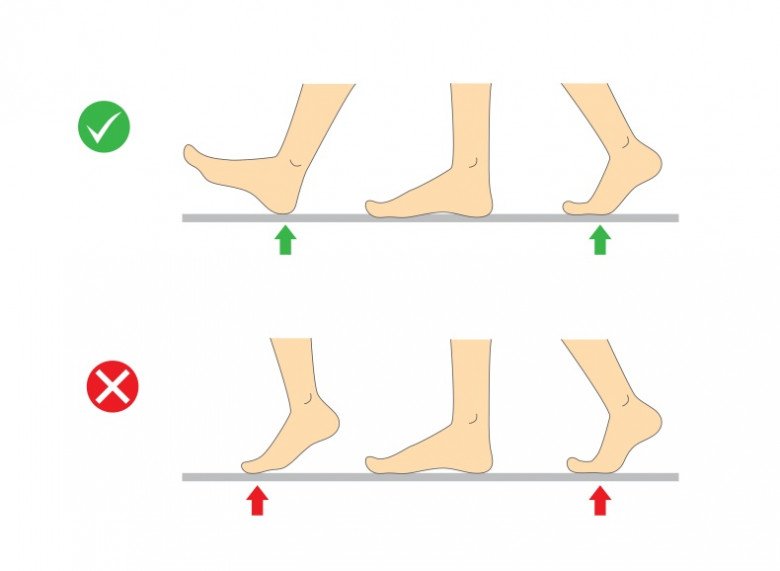Have you ever wondered about the benefits of walking and the proper form to do it effectively? In this article, we delve into the differences between “walking with your feet” and “walking with your hips.” Understanding and implementing the correct walking posture can not only lead to more aesthetically pleasing legs over time but also help reduce belly fat and improve your overall posture.

What’s the Difference Between Walking with Your Feet and Walking with Your Hips?
In reality, not many people can distinguish between “walking with your feet” and “walking with your hips.” These two walking styles are entirely different as they engage distinct muscle groups in your lower body.
When you “walk with your feet,” you primarily use the muscle groups in your calves and feet to move. As a result, your calf muscles become more defined and tend to grow larger because you’re constantly using them to support and propel your body forward.
On the other hand, “walking with your hips” involves utilizing the power of your hips and thighs to push your body forward. This walking method can make your hips and thighs more graceful. By engaging your hips and thighs, you can alleviate the burden on your calves while simultaneously firming and lifting your glutes.

The difference between walking with your feet (left) and walking with your hips (right)
What Are the Benefits of Walking? How Many Steps Should You Aim for Daily?
Numerous studies have shown that walking can help burn fat throughout the body, including stubborn belly fat. Many individuals have successfully reduced their belly fat and achieved slimmer legs by incorporating regular walks into their routines. Moreover, walking offers a host of other health and mental benefits.
Calorie Burning: Walking helps burn calories, contributing to the necessary calorie deficit for weight loss. The number of calories burned depends on your weight, walking speed, and duration of the walk.
Metabolism Boost: Walking improves your body’s metabolic rate, enhancing energy expenditure even while at rest.
Belly Fat Reduction: Consistent walking can reduce belly fat, a risk factor for various health conditions, including heart disease and diabetes.

In a small study, women with fuller figures who walked for 50–70 minutes three times a week for 12 weeks experienced reductions in waist circumference and body fat percentage. Another study found that individuals who adhered to a calorie-controlled diet and walked for 1 hour 5 times a week for 12 weeks lost more inches from their waistlines and reduced more body fat than those who only followed the diet.
Additionally, the recommendation of walking 10,000 steps daily has gained popularity in recent years as a benchmark for promoting regular physical activity. However, a BBC study revealed that walking approximately 8,000 steps daily is highly beneficial for maintaining good health. Therefore, you don’t need to obsess over reaching 10,000 steps daily. Instead, focus on maintaining a consistent exercise routine and breaking up prolonged sitting periods, and you’ll notice improvements in both your physical health and mental well-being.
Proper Walking Posture for Effective Weight Loss and Slimmer Legs
It’s important to note that simply walking may not be enough to reduce belly fat. To achieve positive results, it’s crucial to walk with the correct form and maintain a consistent routine over an extended period. Inconsistency and sporadic walks will likely yield less noticeable outcomes.
Proper walking posture requires attention from head to toe. Even if you’re not a model strutting down the catwalk, adopting the right posture will benefit your entire body and improve your overall silhouette.


1. Head and Shoulders: Keep your head straight and look forward while walking, avoiding the temptation to look down at the ground. Your shoulders should be relaxed and natural, refraining from any hunching or tension.
2. Chest and Back: Maintain a straight chest and stomach, avoiding any rounding or hunching of the back. This helps stabilize your entire body.
3. Hips and Thighs: Utilize the power of your hips and thighs to propel your body forward while walking, instead of relying solely on your calves. Imagine that you’re pushing off with your hips as you take each step.
4. Knees and Feet: Allow your knees to bend naturally, without forcing them to lock. When taking a step, start by placing your heel first, followed by the ball of your foot, and finally, your toes.
Is Running Better Than Walking? Should You Walk or Run?
Running and walking are two of the most popular forms of exercise, but which is better? This age-old question has been debated by fitness enthusiasts and medical professionals alike. It’s time to explore and uncover the unique benefits of these two activities and discover which one deserves a place in your fitness routine.
“Tighten Your Tummy: Simple Strategies to Strengthen Your Core While Walking”
Walking is one of the simplest and most accessible forms of exercise, and it can be a great way to strengthen your core. There are numerous methods to enhance your walking routine and effectively target your abdominal muscles. Discover a few simple techniques to transform your stroll into a powerful core workout.






































